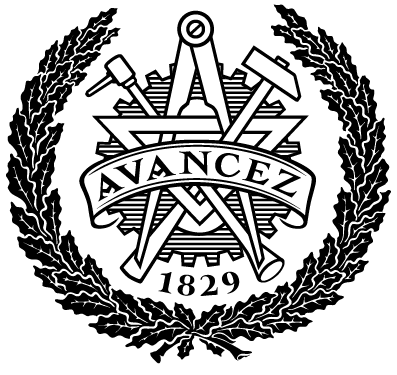High-Precision Positioning of Known Objects Using a Static Monocular Camera
| dc.contributor.author | Garg, Mahin | |
| dc.contributor.author | Naderi, Ariel | |
| dc.contributor.department | Chalmers tekniska högskola / Institutionen för elektroteknik | sv |
| dc.contributor.examiner | Sjöberg, Jonas | |
| dc.contributor.supervisor | Ekdahl, Jonas | |
| dc.contributor.supervisor | Morichetto, Mattias | |
| dc.date.accessioned | 2025-10-14T12:05:53Z | |
| dc.date.issued | 2025 | |
| dc.date.submitted | ||
| dc.description.abstract | Abstract Accurate perception of the internal vehicle environment is essential for occupant safety, enabling timely and coordinated system responses in critical situations. While advanced perception systems based on deep learning have shown strong performance, they often require high computational and financial resources. This thesis explores classical, image-based object detection methods using a static monocular camera as a lightweight and cost-effective alternative. The focus is on precise localization of the steering wheel as a dynamic object in a static in-cabin environment. Although the camera is fixed, the setup is interpreted as a reverse scenario of moving camera and static object, meaning the object motion simulates camera movement. By tracking keypoint displacement across frames, the corresponding camera motion is inferred. The methodology includes image preprocessing for distortion correction and enhancement, evaluation of classical methods for feature extraction and matching, camera motion estimation using a visual odometry pipeline, and triangulationbased 3D reconstruction of 2D image points. Among the tested methods, ORB-BF and Lucas-Kanade (LK) show superior performance in keypoint detection, matching, and motion vector extraction. ORB-BF is used for consistent keypoint matching, while LK provides displacement vectors, both essential for pose estimation and 3D localization. The resulting pipeline is interpretable, computationally efficient, and well-suited for low-power, cost-sensitive in-cabin monitoring systems. Overall, the results confirm that reliable object localization is achievable using only a single monocular camera. However, the absence of real-world measurements, such as known object dimensions and camera intrinsics, limits the full validation of displacement and depth estimations. | |
| dc.identifier.coursecode | EENX30 | |
| dc.identifier.uri | http://hdl.handle.net/20.500.12380/310636 | |
| dc.language.iso | eng | |
| dc.setspec.uppsok | Technology | |
| dc.subject | High precision positioning, object tracking, static sensors, computer vision, visual odometry | |
| dc.title | High-Precision Positioning of Known Objects Using a Static Monocular Camera | |
| dc.type.degree | Examensarbete för masterexamen | sv |
| dc.type.degree | Master's Thesis | en |
| dc.type.uppsok | H | |
| local.programme | Mobility engineering (MPMOB), MSc |
